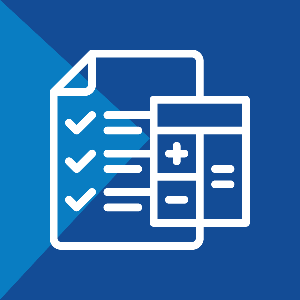
The end of the calendar year means a lot of things for small businesses. You may be in the midst of wrapping up business while celebrating the holidays with your employees, vendors, clients, and colleagues. You’re likely to start thinking about what you want to achieve next year and work on setting your goals. Of course, it’s also time to start closing out your books for the calendar year.
If you haven’t already, schedule a talk with your accountant now to review what you need to do to ensure that your business ends the year fiscally healthy. If you wait until mid-month, you run the danger of finding that they aren’t available until after the New Year.
Here are a few important year-end tax preparation tips that may make a big difference in your total income and tax liability for the year.
Defer Income
Small business owners have more flexibility over when they receive their income than those who get a regular paycheck from an employer. Shifting income to after January 1st is a strategy that can cut your tax bill and potentially save you a significant amount of money. If you can afford to wait, defer invoicing your customers and clients for December activity until the next month. This reduces the income that you report for the year and the amount that you will be taxed. Just make sure it won’t add to your tax burden or cause financial problems in the months ahead.
Maximize Deductible Expenses
If you have the ability to pre-pay expenses that can be deducted from your business income, consider doing so. Make vendor or advertising payments in advance, lease a vehicle, stock up on office supplies, or give your employees their year-end bonuses before December 31st.
It is also an ideal time to purchase or upgrade your equipment. Some business equipment falls under Section 179 of the Internal Revenue Code, which allows business owners to deduct capital assets immediately rather than depreciate them over several tax years. The 2016 deduction limit is $500,000, which is good on new and used equipment as well as off-the-shelf software. Be sure to finance or purchase your equipment and put it into service by December 31st.
Run an Inventory Check
You may be able to claim additional deductions if there has been a drop in the market value of your inventory. This depends on your accounting methods, so make sure you check with your accountant to see if this makes sense for your small business.
Contribute to Your Retirement Plan
Now is the time to max out your contributions. Make payments to your retirement plan before December 31st to reduce your income for this year, and encourage your employees to do the same.
Regularly employed individuals can contribute to a 401(k) plan and/or participate in an IRA (traditional tax-deductible or Roth). A small business owner can have a SEP (Simplified Employee Pension), a solo or individual 401(k) plan, and a savings incentive match or SIMPLE IRA. These offer the opportunity to shelter more of your income from taxes. If you haven’t yet set up a retirement account, talk to a financial advisor to determine which plan is best for your business.
Get a Jump on Next Year
Did panic set in when you started thinking about closing your books or pulling together data for your accountant or bookkeeper? Get a jump on next year by organizing a system or creating a process to help you stay on track and avoid last minute scrambling.
Working Capital Financing is a few clicks away.
Apply online and get started today >
Summit Financial Resources specializes in working capital financing for small to medium-sized businesses that need increased cash flow. We provide working capital financing through invoice factoring, asset-based lending, inventory lending, and equipment financing.
